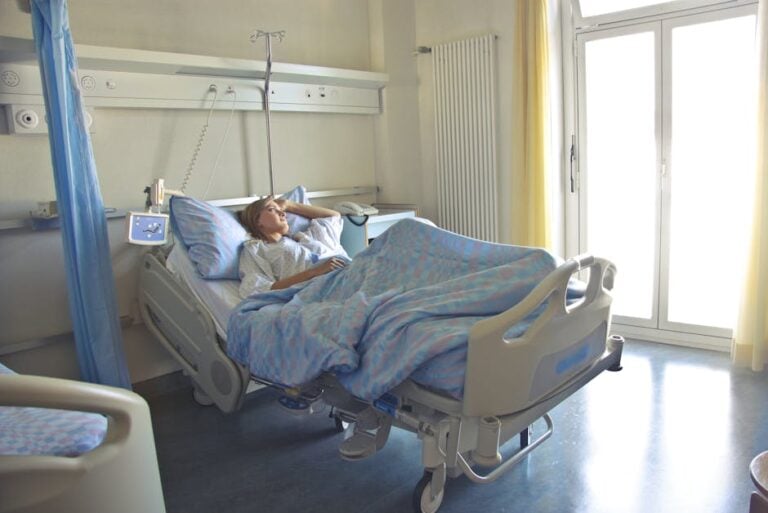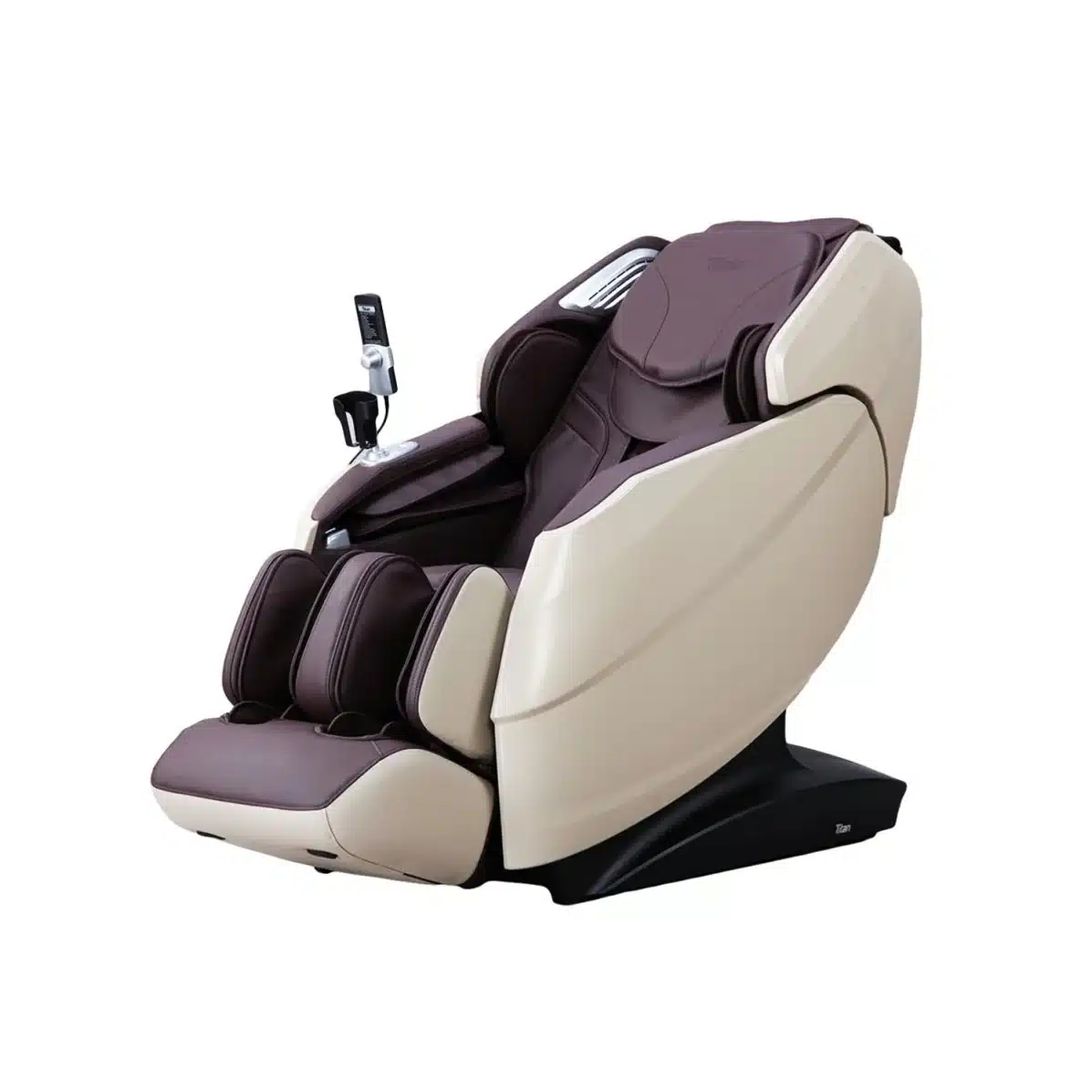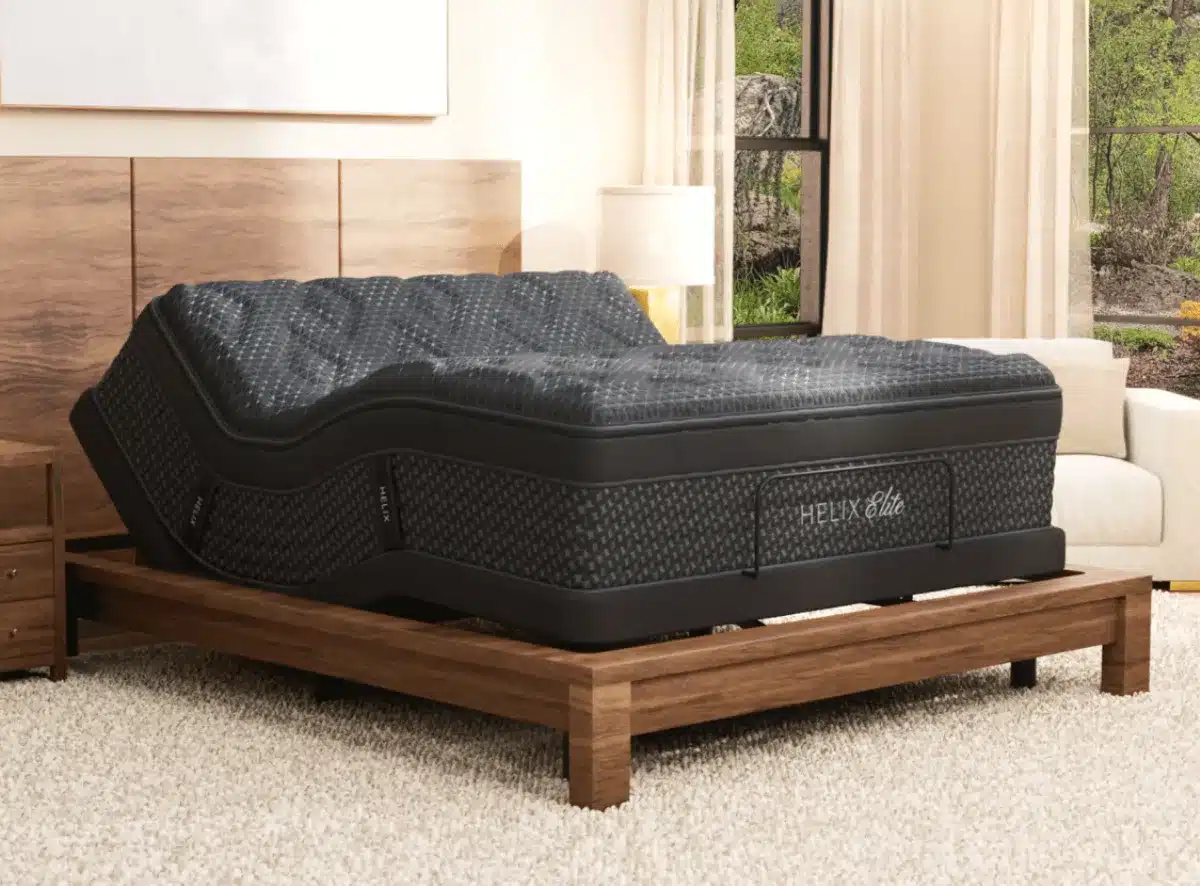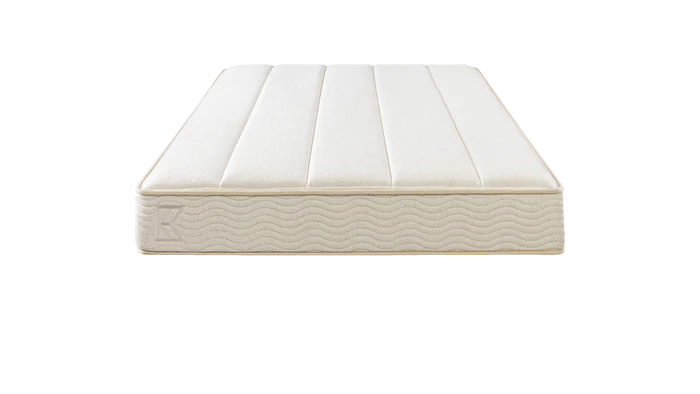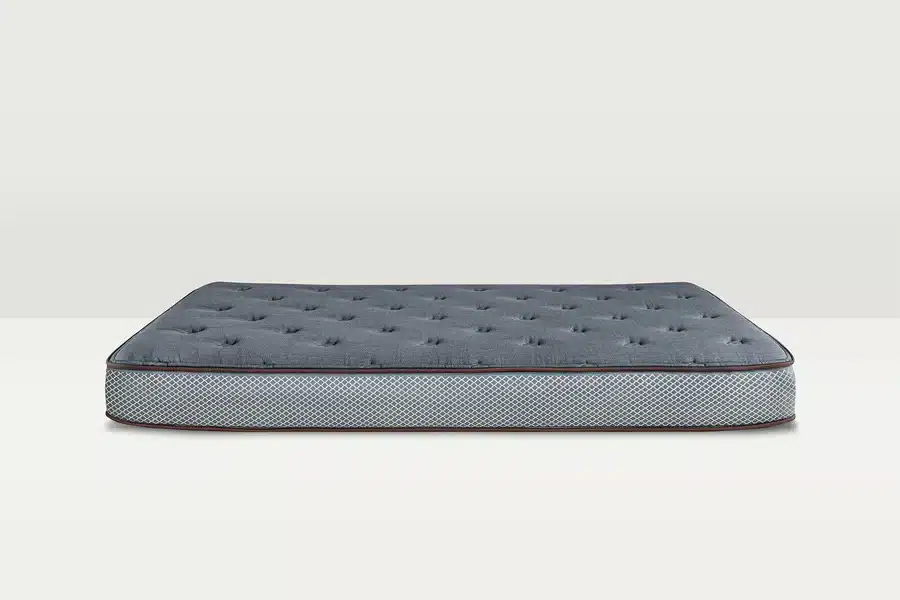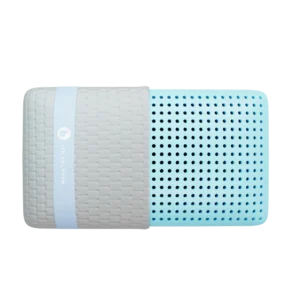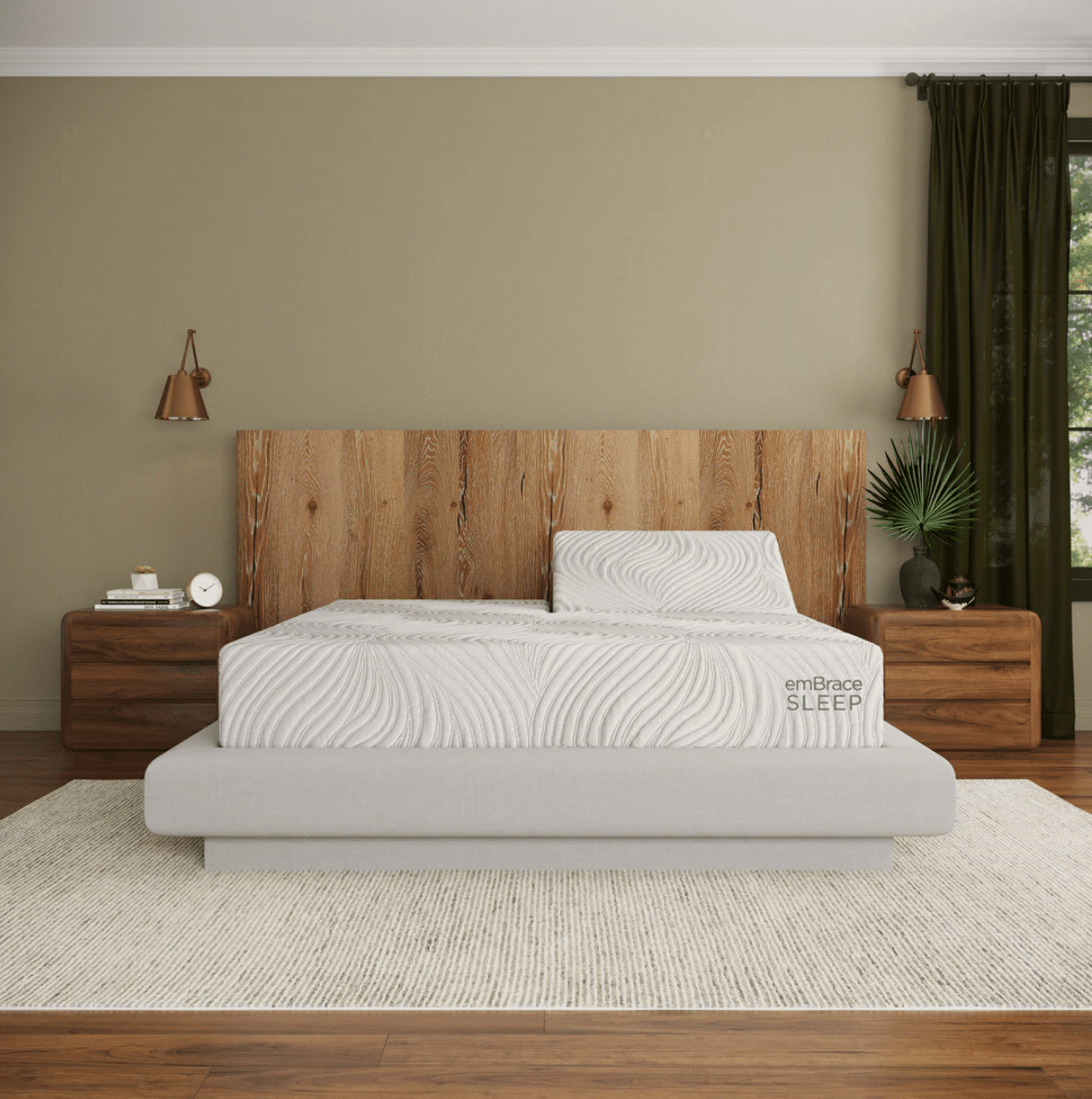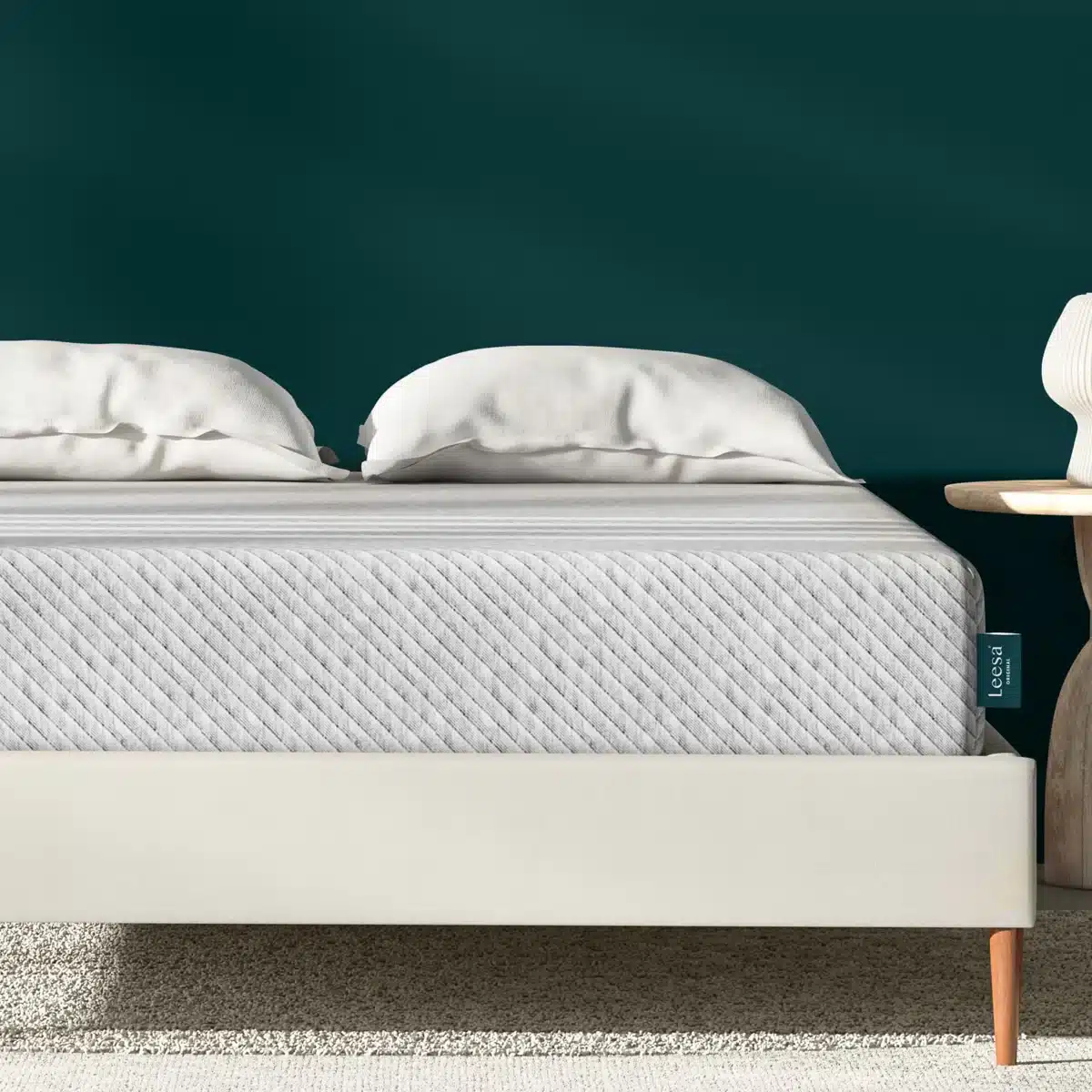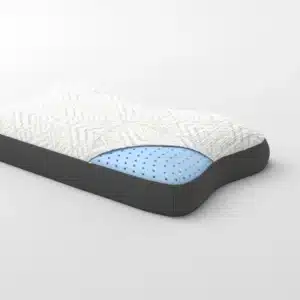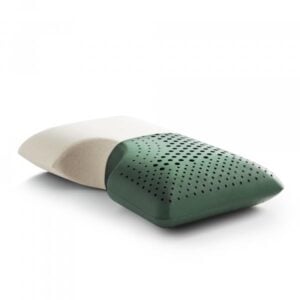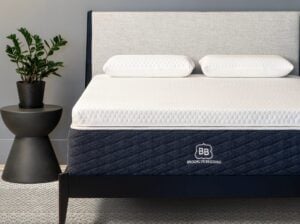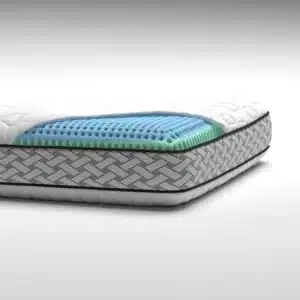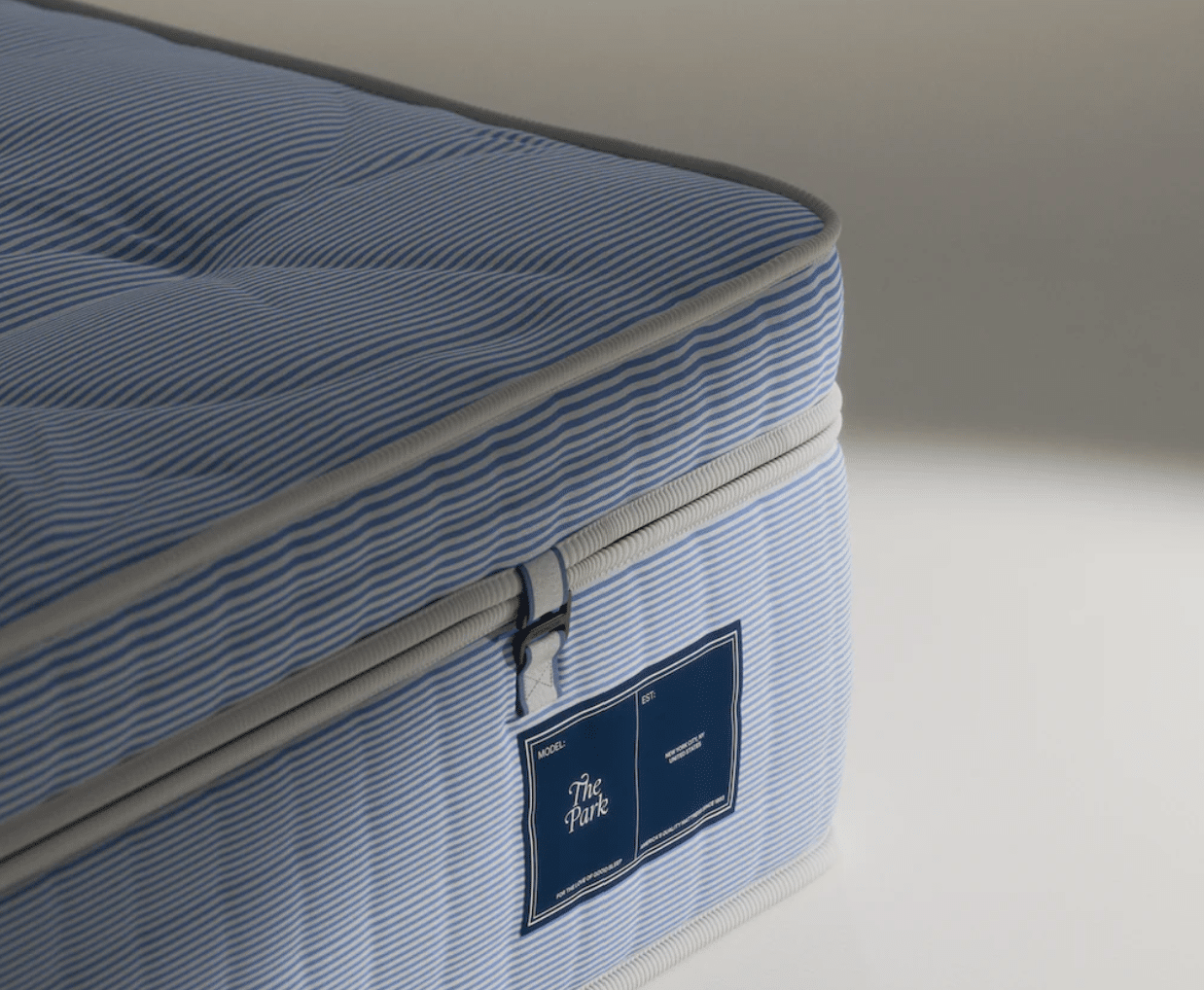An Essential Guide to Comparing Adjustable Beds vs. Hospital Beds
Understanding Adjustable Beds vs. Hospital Beds
Choosing between an adjustable bed and a hospital bed is a significant decision that can greatly impact your comfort and well-being. Both types serve specific purposes, catering to differing needs. Whether you are focused on luxury and convenience or require essential medical care, understanding the distinctions will guide you to the right choice. Let’s explore the key differences and features of each bed type.
Differences at a Glance
– Purpose:
– Hospital Beds: Primarily designed for medical care, suitable for both long-term and short-term use.
– Adjustable Beds: Tailored for comfort and lifestyle convenience rather than specific medical needs.
– Height Adjustability:
– Hospital Beds: Capable of vertical height adjustments, crucial for easing caregiver tasks and enhancing patient safety.
– Adjustable Beds: Generally lack this feature, focusing instead on head and foot elevation for comfort.
– Size:
– Hospital Beds: Mostly come in extra-long twin size, with bariatric options for larger individuals.
– Adjustable Beds: Available in various sizes, including twin, full, queen, king, and split king, accommodating diverse sleeping arrangements.
– Portability:
– Hospital Beds: Equipped with wheels for easy movement, suitable for both home and medical facility settings.
– Adjustable Beds: Typically stationary, designed to remain in one location for regular use.
– Features:
– Hospital Beds: Focus on essential medical features like safety rails and easy-to-clean surfaces.
– Adjustable Beds: Often include luxury elements like massage settings, under-bed lighting, and ergonomic designs.
Key Differences Between Adjustable Beds and Hospital Beds
Height Adjustability: A Critical Factor
Hospital Beds: The ability to adjust height is instrumental for caregivers, reducing bending and back strain. Lowering the bed close to the floor minimizes fall risks, particularly for individuals with mobility challenges.
Adjustable Beds: While lacking vertical height changes, these beds concentrate on altering head and foot positions for optimal comfort, ideal for reading, watching television, or simply relaxing.
Size: Tailoring to Your Needs
Hospital Beds: Most often designed for individual patient use, standard sizes can be limiting for couples or those desiring personal space.
Adjustable Beds: Offered in a variety of sizes, these beds adapt to fit your lifestyle, allowing for customizable sleeping environments.
Portability: Where Will It Reside?
Hospital Beds: Their mobility makes them a versatile option for quick adjustments within medical settings or at home.
Adjustable Beds: Function as a permanent fixture in your bedroom, providing stability and a sense of home decor integration.
Features: What They Offer
Hospital Beds
– Medical Features: Equipped with safety rails and various mechanisms for emergency positioning, hospital beds prioritize patient safety. They feature easy-to-clean surfaces, supporting hygiene standards crucial for medical environments.
– Caregiver Support: Ergonomically designed to facilitate caregiving, they include adjustable heights for ease of access, making daily tasks more manageable for caregivers.
Adjustable Beds
– Luxury Comfort Features: Many adjustable beds come with shock-absorbing massage functions, heating elements, and under-bed lighting designed to enhance relaxation and usability.
– Tech Integration: Modern adjustable beds often boast Wi-Fi connectivity, remote control adjustments, USB ports, and even built-in speakers, creating a richer lifestyle experience.
Therapeutic Benefits of Adjustable Beds
Adjustable beds are more than just versatile; they can positively influence health and wellness:
– Sleep Apnea Relief: Elevating the head can open airways and reduce snoring, assisting those with breathing difficulties during sleep.
– Acid Reflux Management: By elevating the upper body, individuals suffering from GERD can enjoy better sleep quality, reducing discomfort associated with acid reflux.
– Joint Pain Relief: Adjustability allows users to find the optimal sleeping position, particularly beneficial for individuals suffering from chronic pain or arthritis.
Conclusion: Making the Right Choice
Determining whether to invest in an adjustable bed or a hospital bed hinges on your unique requirements. If you prioritize comfort and features that elevate your lifestyle, an adjustable bed is likely the better option. These beds create a luxurious sleeping environment and cater to everyday détente.
Conversely, if medical needs demand consideration, hospital beds, with their safety mechanisms and caregiver-friendly design, can provide essential care and support.
At Yawnder, we offer a variety of options tailored to meet either need. Whether you’re looking for comfort or require firm medical functionality, we can help enhance your sleeping experience.
This guide serves as a stepping stone in your journey of making an informed decision regarding adjustable beds versus hospital beds. Understanding your specific needs can lead to a significant improvement in your quality of life. Thank you for taking the time to explore this essential guide; we hope it assists you in finding the perfect bed for you.


